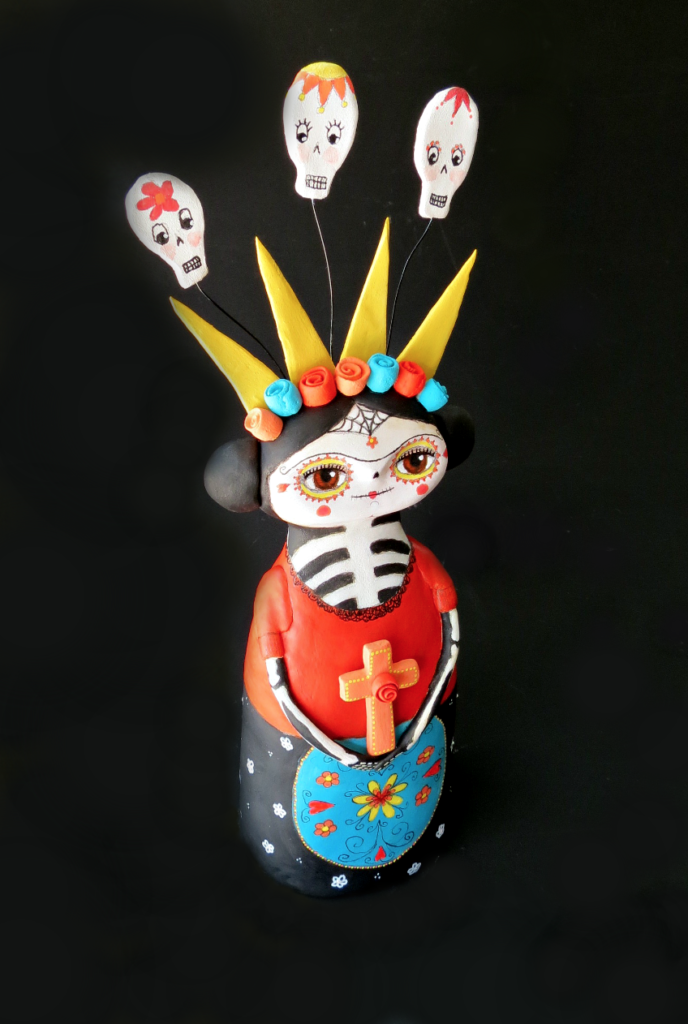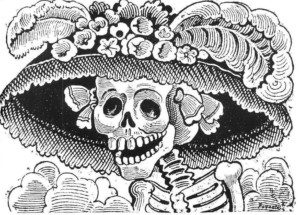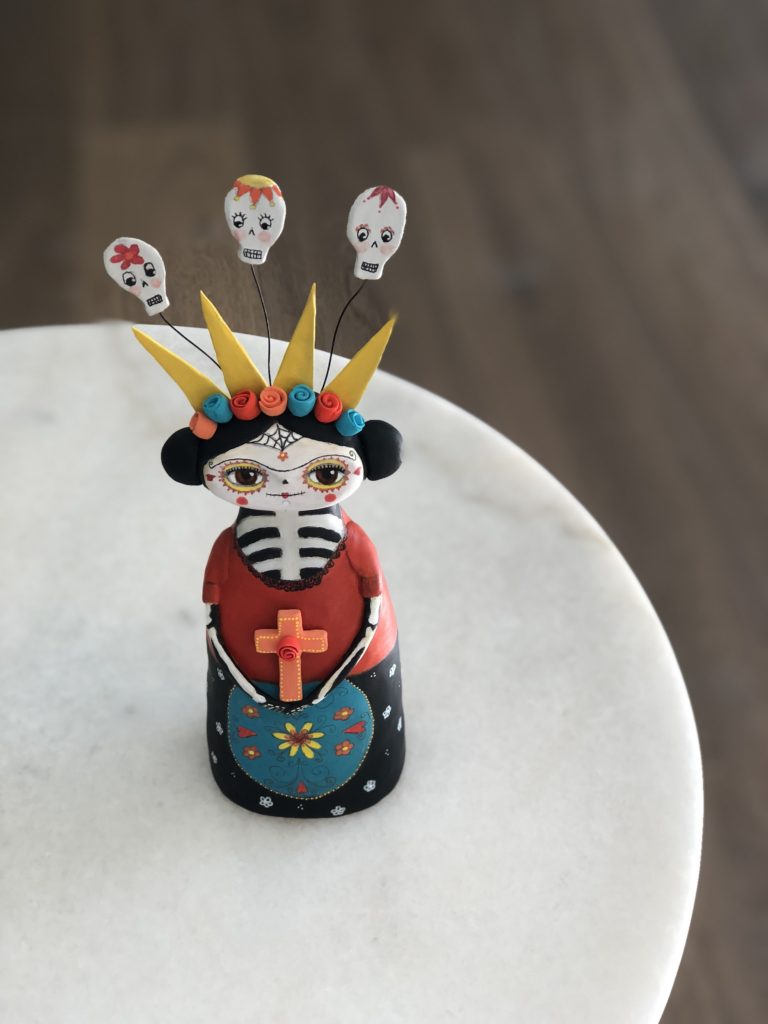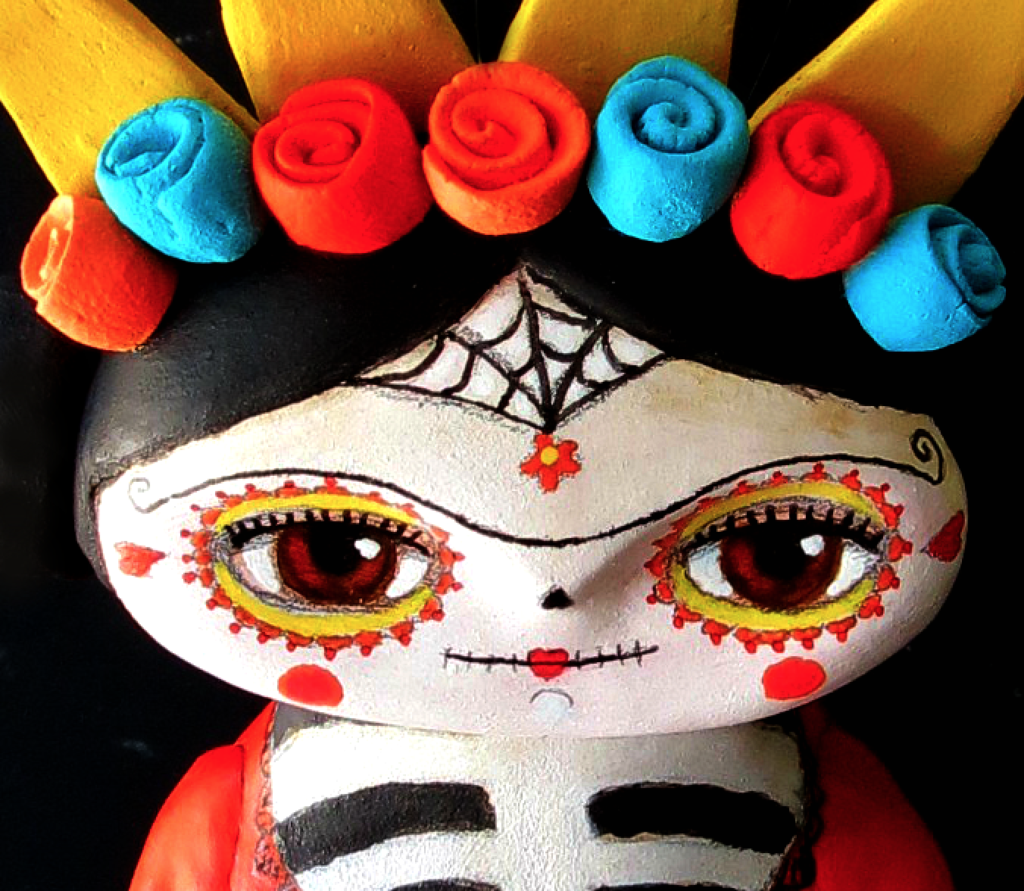Día de los Muertos
Día de los Muertos, or Day of the Dead, actually takes place over two days, November 1st and 2nd. This tradition originated several thousand years ago from pre-Hispanic cultures in Mexico who believed that the dead were still members of the community and should be kept alive, both in memory and spirit. During Día de los Muertos, it was believed that the dead temporarily returned to Earth. Even tough the theme is death, it is not about mourning or grief, instead, it is an opportunity to express love and respect for deceased family members and to celebrate them being part of our lives even if they are no longer with us physically.

The most popular symbol of Dia de los Muertos is by far the skull or “calavera” in Spanish. This is interpreted as beautifully decorated sugar skulls and elaborately painted faces and skeleton costumes. But it is also used to refer to poems, or literary calaveras, that are written especially for the Day of the Dead. These poems are playful and humorous, rather than gloomy and mournful, and are found in local newspapers, as well as, being read aloud on television and radio programs. Their purpose is to remind people of the ephemeral nature of life and that, at least sometimes, death should be taken lightly and with a good dose of fun!

“Todos somos calaveras,” or “we are all skeletons.” is a phrase commonly attributed to José Guadalupe Posada, a Mexican political cartoonist and lithographer who in the early 20th century created an etching to accompany a calavera poem. In one of his murals, famous artist Diego Rivera, husband to Frida Kahlo, included a stylised skeleton, similar to Posada’s.

Detail of Dream of a Sunday Afternoon in the Alameda Central, Diego Rivera, 1947
He dressed the skeleton in a large lady’s hat and called her Catrina. The calavera Catrina is the inspiration for many of the costumes worn during the Day of the Dead parades, and is obviously the inspiration for my Frida Catrina!


”For death is no more than a turning of us over from time to eternity.
– William Penn
I love you Mum, forever.
Filakia, Sophie







Sorry, the comment form is closed at this time.